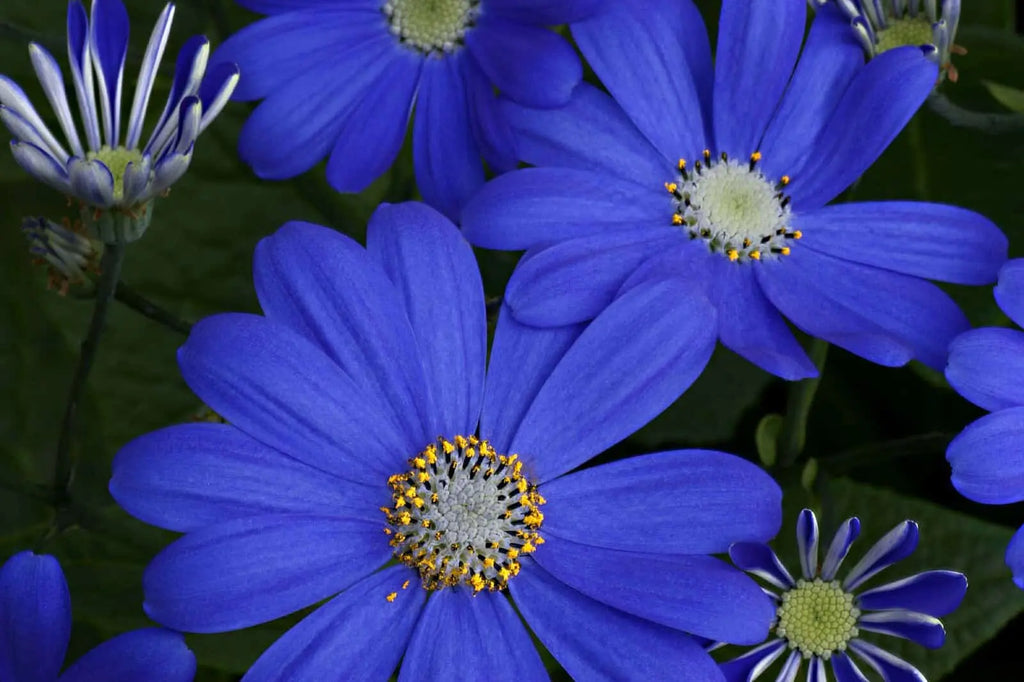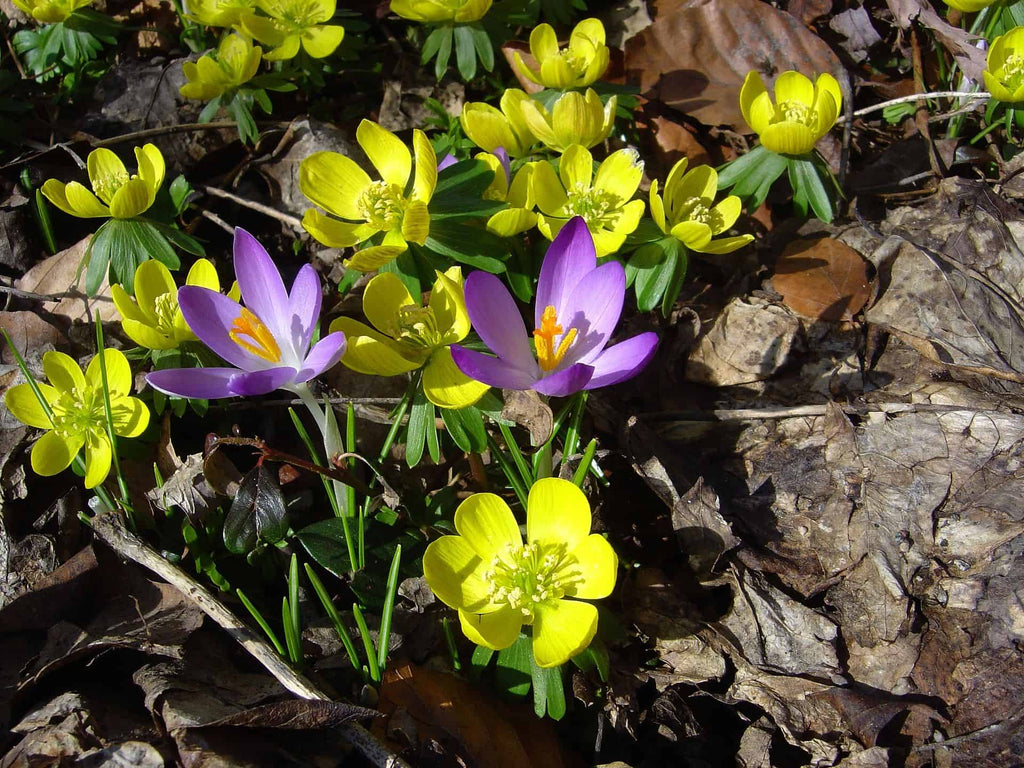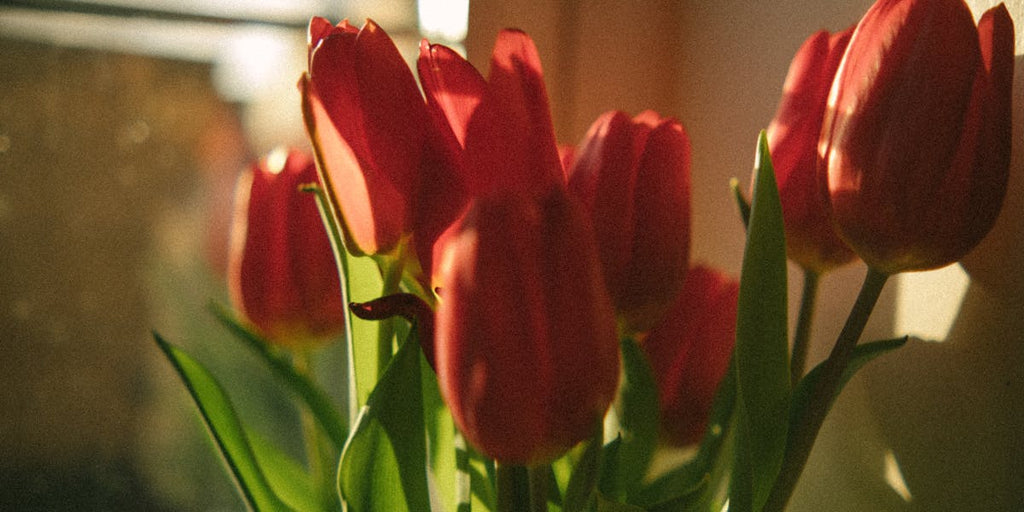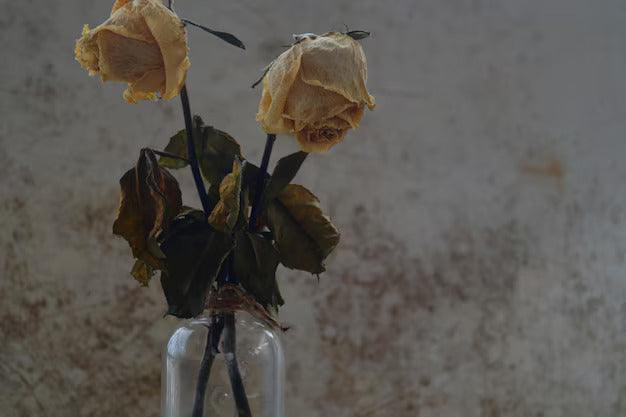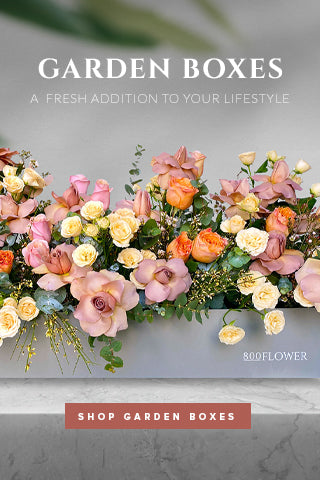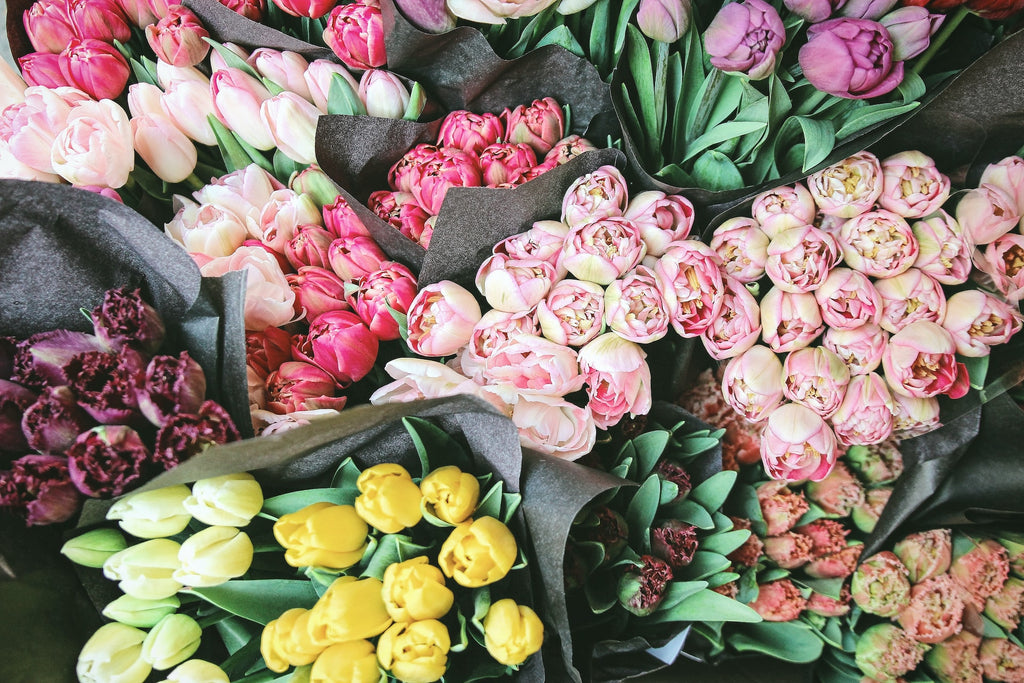
A florist uses four color schemes for flower arrangements

4 Colour Schemes Followed By a Florist for Flower Arrangement
A beautiful flower arrangement is not just about the arrangement of some flowers. The selection of flowers in the right variety and colours also play a crucial role in making the flower arrangement beautiful. Thus understanding the colour scheme is very important while arranging flowers.
Colour schemes are guidelines and rules that florists follow to make a flower arrangement attractive. Specific colour combinations can capture the attention of people much better than others. Using these colour combinations while arranging flowers can add to the attractiveness of the flower bouquet.
Which are the different types of colour schemes for flower arrangement?
- Analogue colour scheme
Analogue colours are next to each other in a colour wheel. E.g., orange and yellow, green and blue. Because of their nearness in the colour wheel, these colours are closely related in their pigments.
Florists typically prefer an analogue colour scheme as it is relatively easy to prepare. Moreover, adding leaves can accentuate the beauty of the flowers.
The Athena bouquet has pink and purple as the combination colours. Pink is a combination of red and white, and purple is a combination of red and blue. Since red is common in both shades, pink and purple can be analogues.
The raspberry vase has deep red and pink roses beautifully arranged in a ceramic vase. Since pink combines red and white, this flower arrangement follows the analogue colour scheme.
- Complementary colours
Complementary colours are opposite in colour in the colour wheel. E.g., orange and blue or red and green. In a flower arrangement, it can be difficult to use the perfect colours for the arrangement. Instead, you can go for colours that closely resemble the complementary colours, like reddish-orange and green or pinkish-purple and yellow.
The 6 red roses are a perfect combination of complementary colours. Both red and green lie opposite to each other in the colour wheel. Thus, it strikes a contrast and standout when used in a flower arrangement.
- Monochromatic colours
Monochromatic colours are colours of a single shade. You can use flowers of any colour to create a monochromatic colour scheme. Monochromatic colours are a perfect choice to create a serene and calm feel.
The Pink bliss bouquet follows a monochromatic colour scheme with pink as the base colour. Light pink hydrangeas, medium pink and pastel pink roses provide a monochromatic colour scheme to this bouquet. This is a soothing bouquet you can gift someone who personifies innocence and calm.
The Philippa bouquet is another monochromatic bouquet with purple as the base colour. Lavender-coloured roses and white O’Hara roses are used along with purple filler flowers to create a stunning effect.
- Triadic
The triadic colour scheme consists of equidistant colours in the colour wheel. A combination of primary and secondary colours creates a triadic effect in a flower arrangement. A combination of bright hues and light shades creates an elegant look.
The hydrangea delight vase arrangement is the perfect example of a triadic arrangement. This arrangement has blue as the primary colour. Green and pink are secondary colours that strike a balance in the arrangement. The clear glass vase accentuates the beauty of the colour combination.
Another beautiful flower bouquet that follows the triadic arrangement is the Candylicious bouquet. This bouquet has yellow, orange, red and purple roses that lie at equal distances from each other in the colour wheel.


